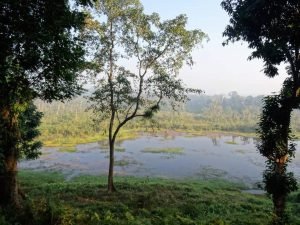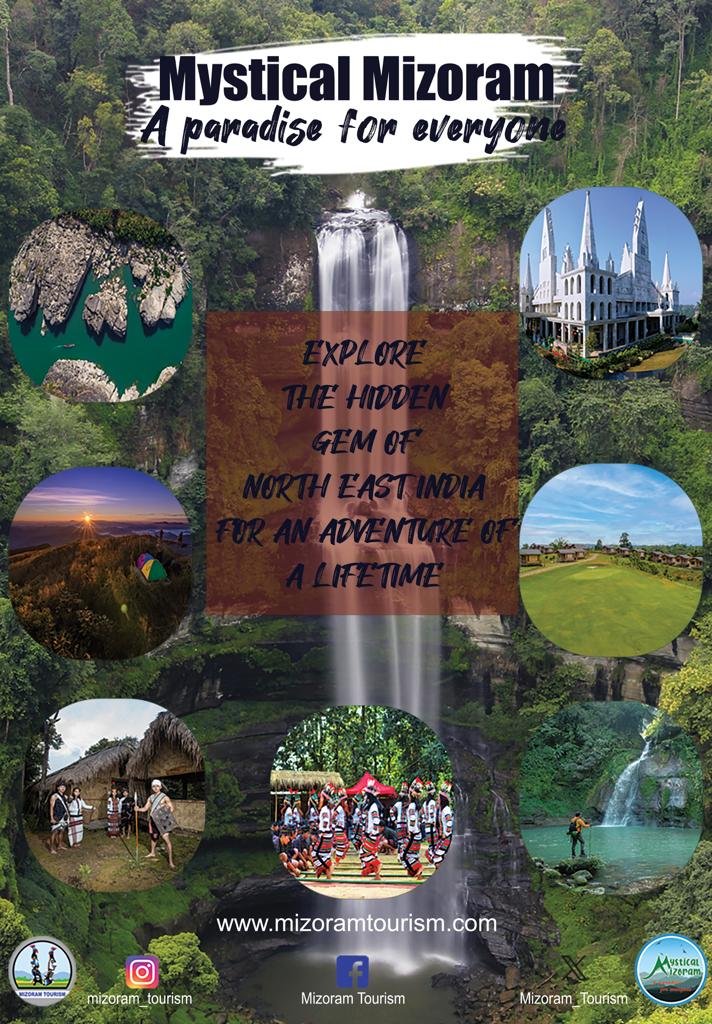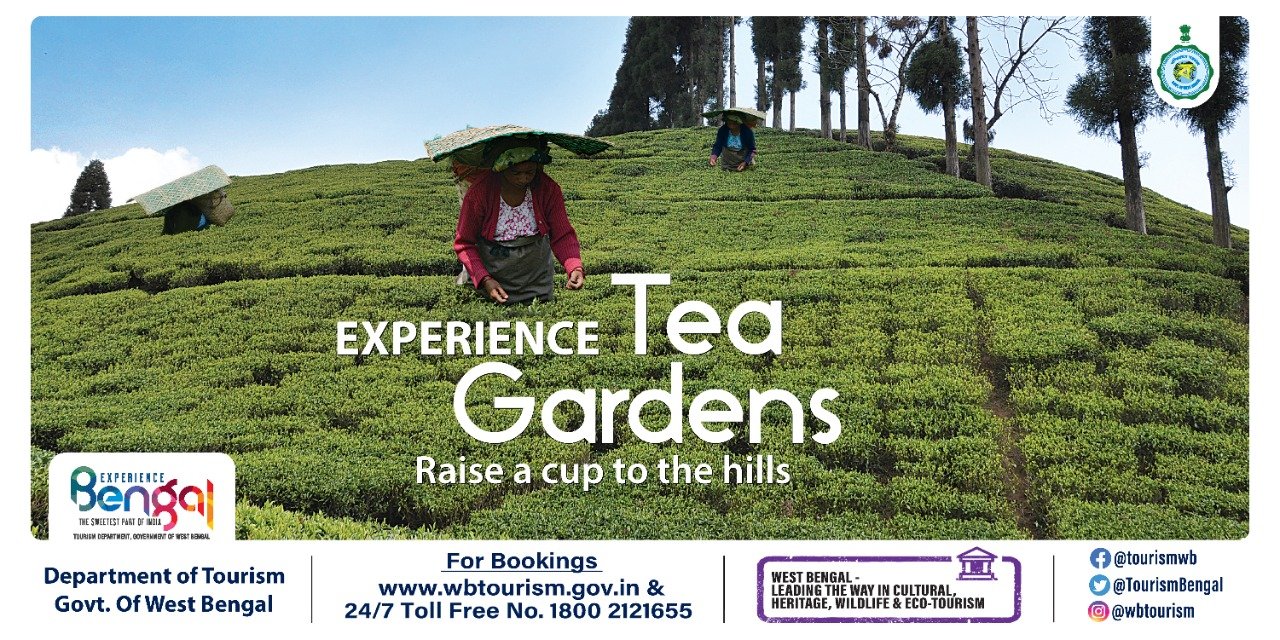
BY RAVINDER PALL SAINI, IFS
( FORMER PRINCIPAL CHIEF CONSERVATOR OF FORESTS, WEST BENGAL)
“For many of us, water simply flows from a faucet, and we think little about it beyond this point of contact. We have lost a sense of respect for the wild river, for the complex workings of a wetland, for the intricate web of life that water supports”.
~~~~~~~~~~~~~~Sandra Postel

Why Conserve Wetlands?
“The links between ecosystem and human health are many and obvious: the value in wetlands of filtering pollutants out of groundwater aquifers; the potential future medical use of different plants’ genetic material; the human health effects of heavy metal accumulation in fish and shellfish. It is clear that healthy ecosystems provide the underpinnings for the long-term health of economics and societies”.
~~~~~~~~~ F. Henry Habicht

What is wetland?
Wetlands are areas where water covers the soil, or is present either at or near the surface of the soil all year or for varying periods of time during the year, including during the growing season.

How is a wetland formed?
Wetlands form where water and land meet. … A lake with a wetland fringe can fill in with decayed plant and animal material to become a wet meadow. A pond can fill in to become a bog or fen. Sediment can fill in a river marsh to become a swamp.
Why are wetlands important to the ecosystem?
Wetlands also help reduce the impacts from storm damage and flooding, maintain good water quality in rivers, recharge groundwater, store carbon, help stabilise climatic conditions and control pests. They are also important sites for biodiversity.

Wetlands are a critical part of our natural environment. They protect our shores from wave action, reduce the impacts of floods, absorb pollutants and improve water quality. They provide habitat for animals and plants and many contain a wide diversity of life, supporting plants and animals that are found nowhere else.
How many different types of wetlands are there?
There are four main kinds of wetlands – marsh, swamp, bog and fen (bogs and fens being types of mires). Some experts also recognize wet meadows and aquatic ecosystems as additional wetland types. The largest wetlands in the world include the swamp forests of the Amazon and the peatlands of Siberia.

What does the wetlands do?
While wetlands cannot prevent flooding, they do lower flood peaks by temporarily holding water and by slowing the water’s velocity. Wetland soil acts as a sponge, holding much more water than other soil types.
What is the function of a wetland?
Values of wetlands as a result of the functions of hydrologic flux and storage include: water quality, water supply, flood control, erosion control, wildlife support, recreation, culture, and commercial benefits.

Why do we need to keep wetlands?
By doing so, wetlands help keep river levels normal and filter and purify the surface water. Wetlands accept water during storms and whenever water levels are high. When water levels are low, wetlands slowly release water. Wetlands also release vegetative matter into rivers, which helps feed fish in the rivers.
What are the economic benefits of the wetlands area?
Improved water quality, flood control, wildlife and fisheries habitat, and recreational opportunities are just a few economic benefits that wetlands provide. Wetlands are an important, yet often overlooked, resource. Keeping them healthy is critical to maintain clean water and to support wildlife and fish populations.
Why are estuaries and coastal wetlands important?
Estuaries and their surrounding wetlands are also buffer zones. … When flooding does occur, estuaries often act like huge sponges, soaking up the excess water. Estuarine habitats also protect streams, river channels and coastal shores from excessive erosion caused by wind, water and ice.
How do wetlands protect shorelines from erosion?
By virtue of their place in the landscape, riparian wetlands, salt marshes, and marshes located at the margin of lakes protect shorelines and streambanks against erosion. Wetland plants hold the soil in place with their roots, absorb wave energy, and reduce the velocity of stream or river currents.

How can we protect our wetlands?
Participate in programs that help protect and restore wetlands. Contact your local, state or federal agencies, community groups, environmental organizations or a non-government organization.
Pick up all litter and dispose in appropriate trash containers. Keep surface areas that wash into storm drains clean of pet faeces, toxic chemicals, fertilizers, and motor oil, which eventually reach and impair our wetlands.
Plant only native species of trees, shrubs, and flowers to preserve the ecological balance of local wetlands.
Use of “living shoreline” techniques that make use of plant roots to stabilize soil if you own waterfront property and your shoreline or riverbank needs to be stabilized.
Avoid wetlands if you are expanding your home or installing a shed.
Use of phosphate-free laundry and dishwasher detergents. Phosphates encourage algae growth, which can suffocate aquatic life.
Use of paper and recycled products made from unbleached paper. Bleached paper contains toxic chemicals that can contaminate water.
Use of non-toxic products for household cleaning, lawn and garden care. Never spray lawn or garden chemicals on a windy or rainy day, as they will wash into the waterways.

Reduce, reuse and recycle household items and waste.
How do wetlands provide habitat for fish and wildlife?
Fish and Wildlife Habitat. More than one-third of the United States’ threatened and endangered species live only in wetlands, and nearly half use wetlands at some point in their lives. Many other animals and plants depend on wetlands for survival.
What is wetland management?
Wetland management generally involves activities that can be conducted with, in, and around wetlands, both natural and man-made, to protect, restore, manipulate, or provide for their functions and values.

Advertisement:





























Add Comment